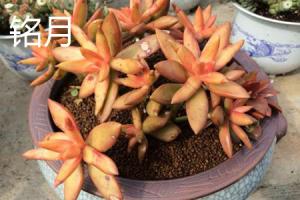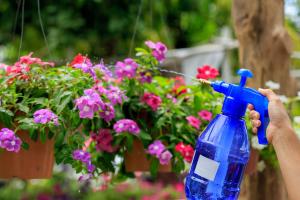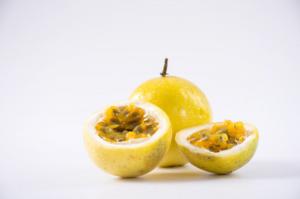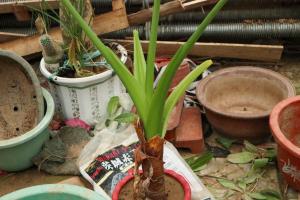Why Is My Air Plant Dying?
Air plants, also known as Tillandsias, are a popular plant species known for their ability to survive without soil. They are low-maintenance plants that can grow in a variety of environments, making them a favorite among plant lovers. However, even the healthiest air plants can wither and die. If you find yourself wondering why your air plant is dying, here are some possible reasons:
Lack of Watering
The most common reason an air plant dies is due to lack of watering. Although air plants do not require soil, they do require regular moisture. Without adequate water, air plants will start to dry out and eventually die. To prevent dehydration, mist your air plant with water once or twice a week. You can also submerge your air plant in water for a few hours every 2 to 3 weeks. However, it is important to allow your air plant to dry completely before placing it back in its container to prevent rotting.
Improper Lighting
Air plants need sufficient light to thrive. If your air plant is not receiving enough light, it will start to lose color, dry out, and eventually die. However, too much light can also harm your air plant, so it is essential to find the right balance. Ideally, air plants should be placed in bright, indirect sunlight. If your air plant is not receiving enough light, you can supplement with artificial light. Just make sure to place the light source within a few inches of the plant to provide adequate light.
It Has Outgrown Its Container
Another reason your air plant might be dying is that it has outgrown its container. As air plants grow, they need more space to spread out and absorb nutrients. If your air plant is tightly packed in its container, it may not be getting the nutrients it needs to survive. To prevent this, make sure your air plant has plenty of space to grow. You can also fertilize your air plant with a weak solution once a month to provide additional nutrients.
Pests or Diseases
If your air plant is healthy but suddenly starts to wither and die, it may be due to pests or diseases. Common pests that plague air plants include mealybugs, scale insects, and spider mites. To get rid of these pests, you can use insecticidal soap or a mixture of water and dish soap to spray your air plant. If your air plant is infected with a disease, it is best to quarantine it and remove any infected leaves or areas. If the disease persists, it may be best to discard the plant and start fresh.
Conclusion
To keep your air plants healthy and thriving, it is essential to provide them with adequate moisture, light, space, and protection from pests and diseases. By taking the time to understand your air plant's needs, you can create a beautiful and thriving environment for your plant to thrive. If you notice your air plant starting to wither and die, examine its care routine to see if you need to make any adjustments. With proper care, your air plant can live a long and healthy life.

 how many times do yo...
how many times do yo... how many planted tre...
how many planted tre... how many pine trees ...
how many pine trees ... how many pecan trees...
how many pecan trees... how many plants comp...
how many plants comp... how many plants can ...
how many plants can ... how many plants and ...
how many plants and ... how many pepper plan...
how many pepper plan...






























